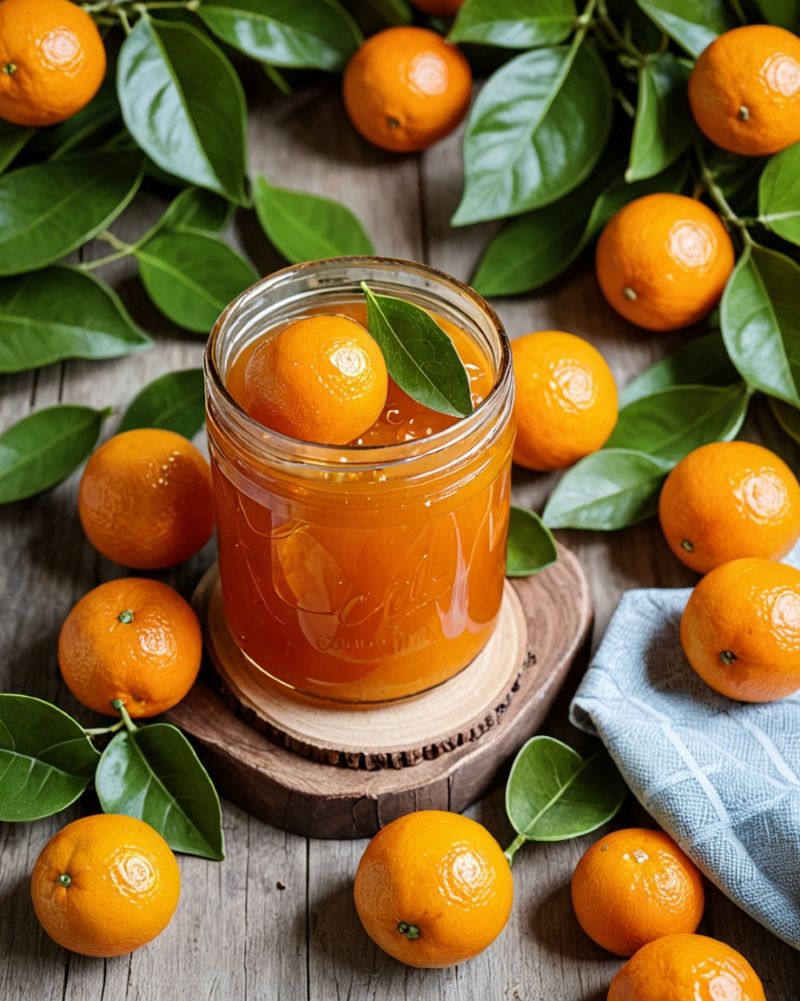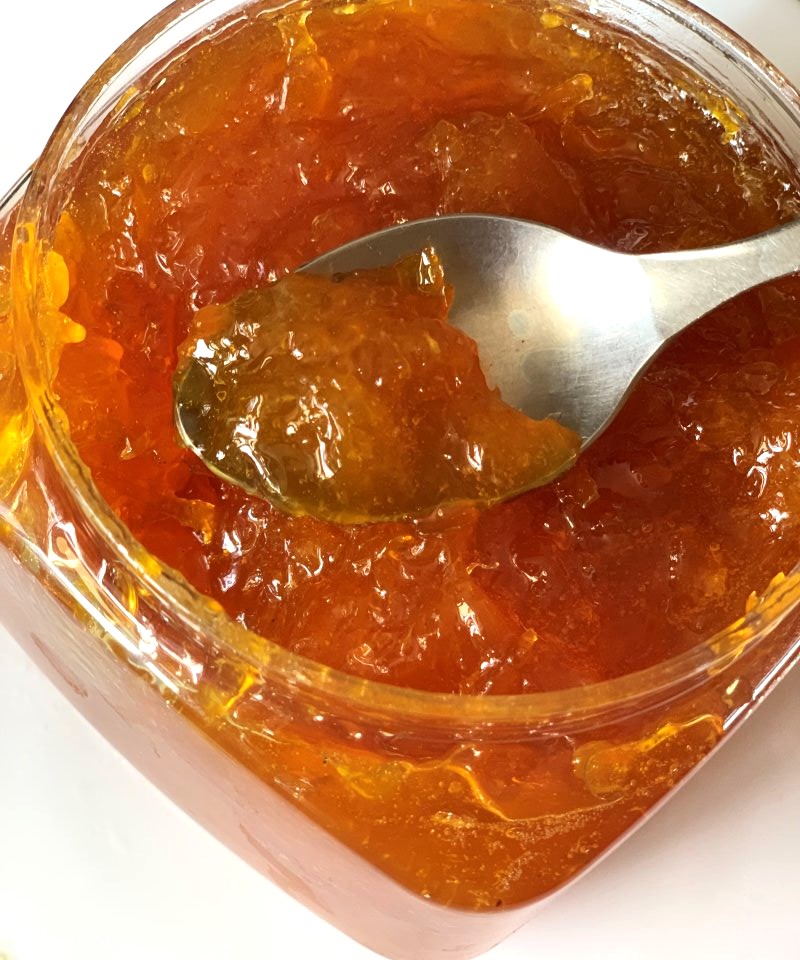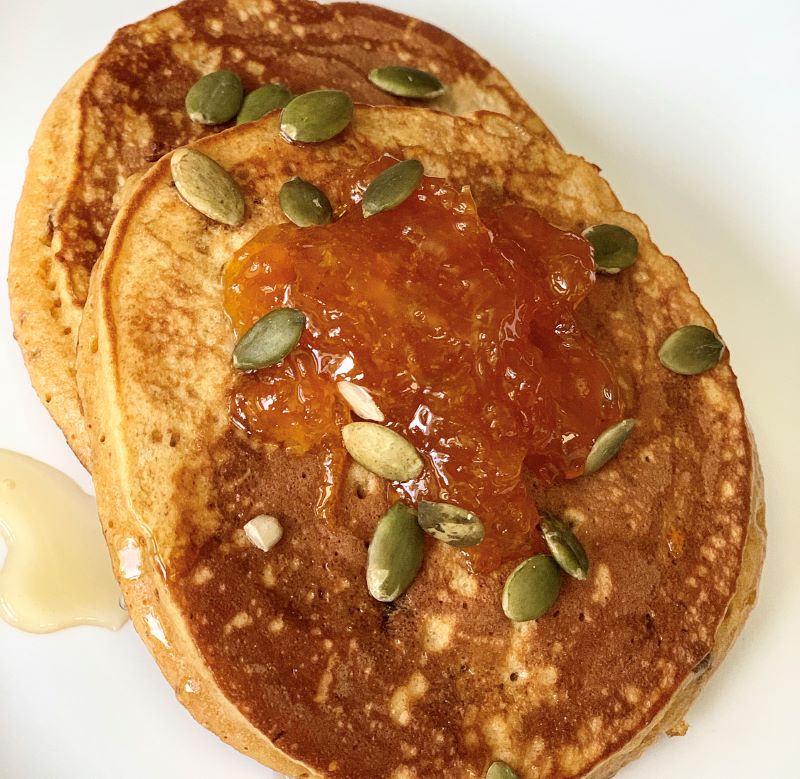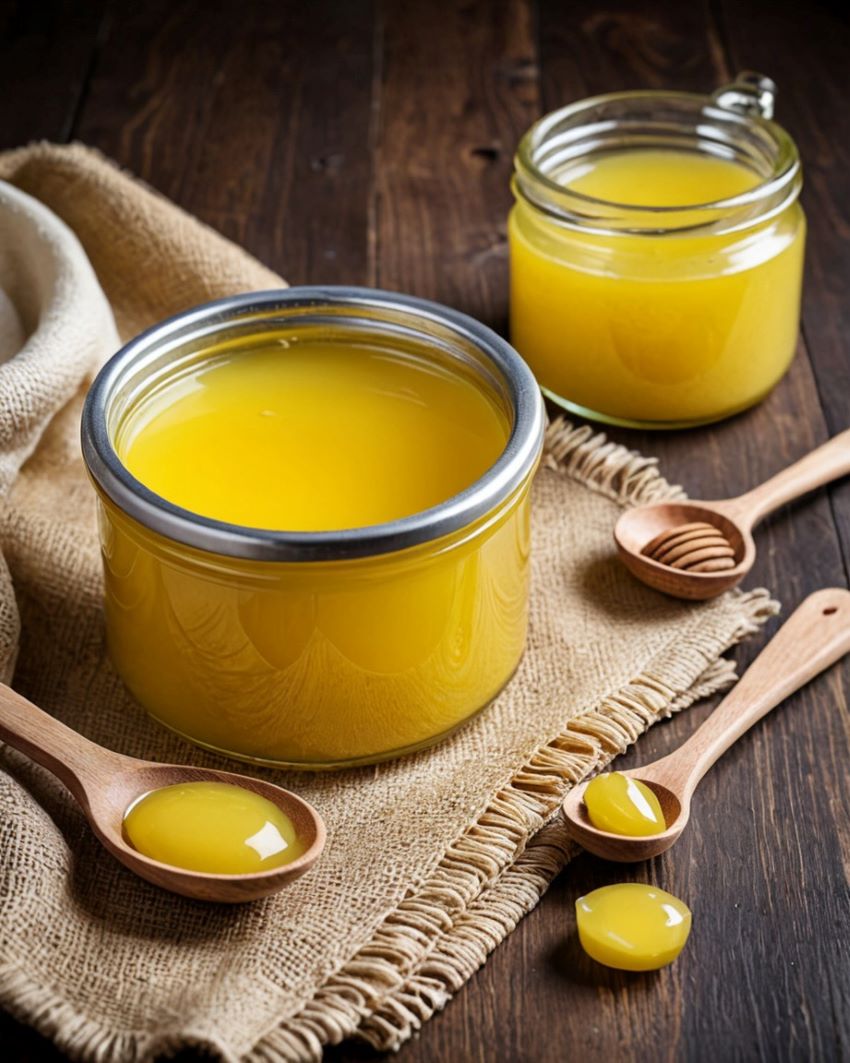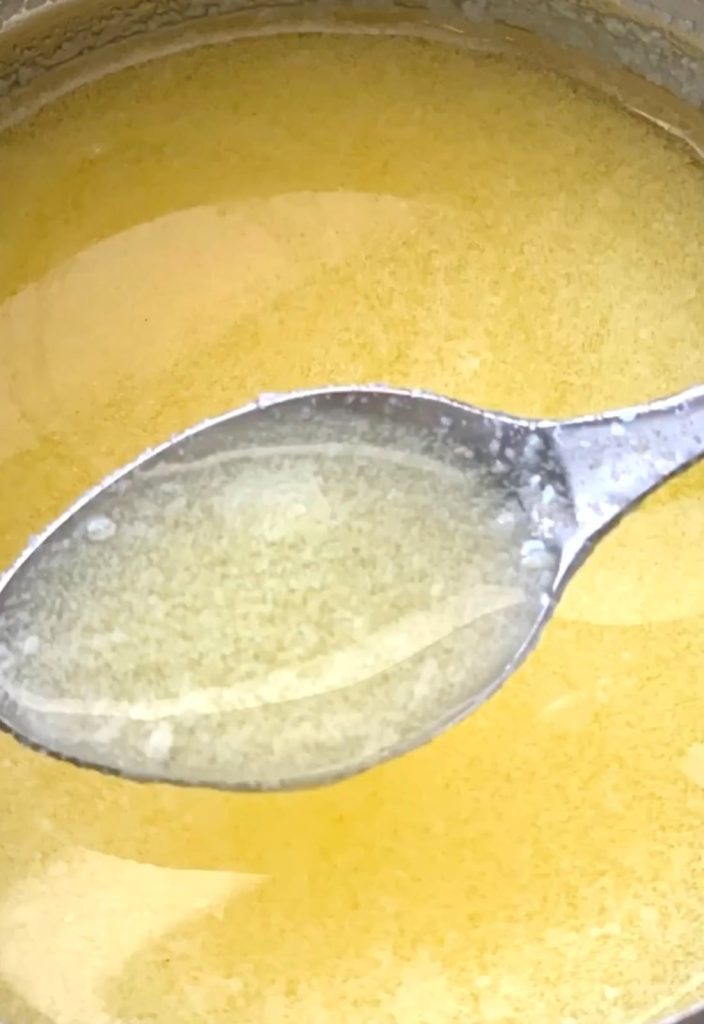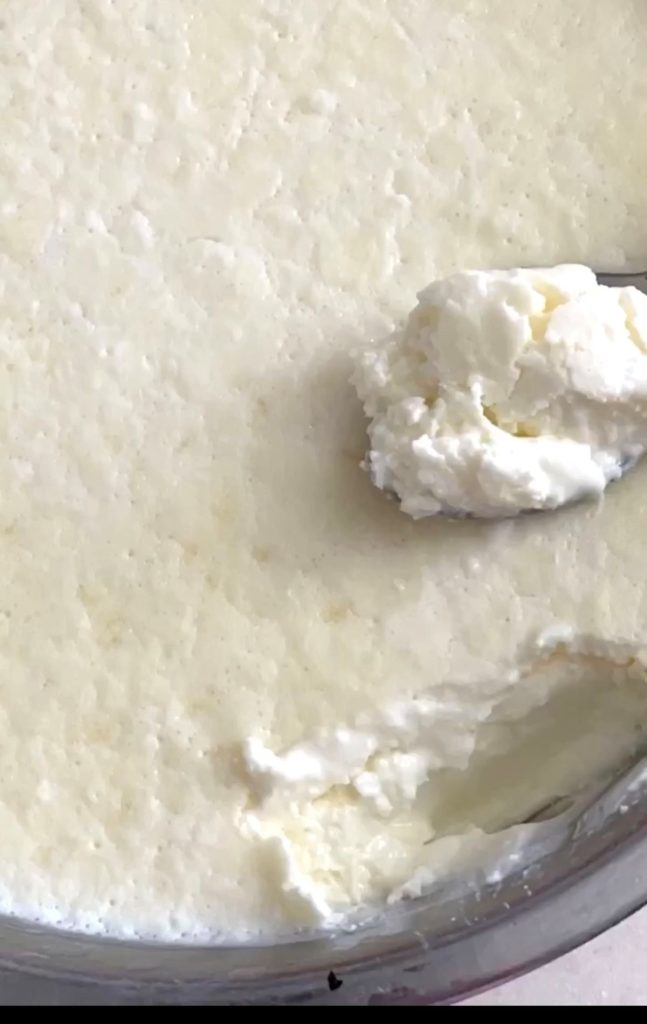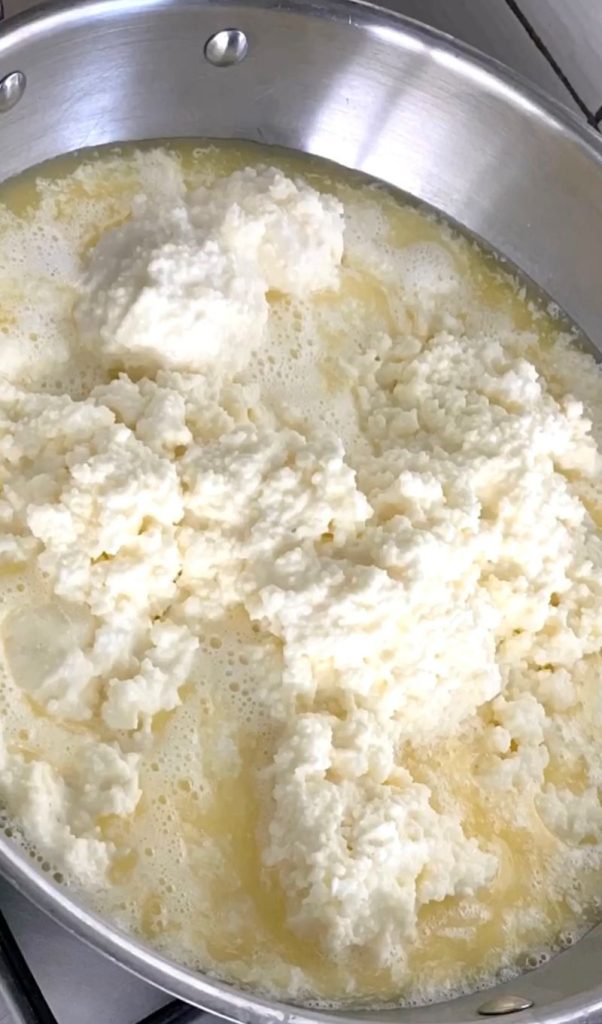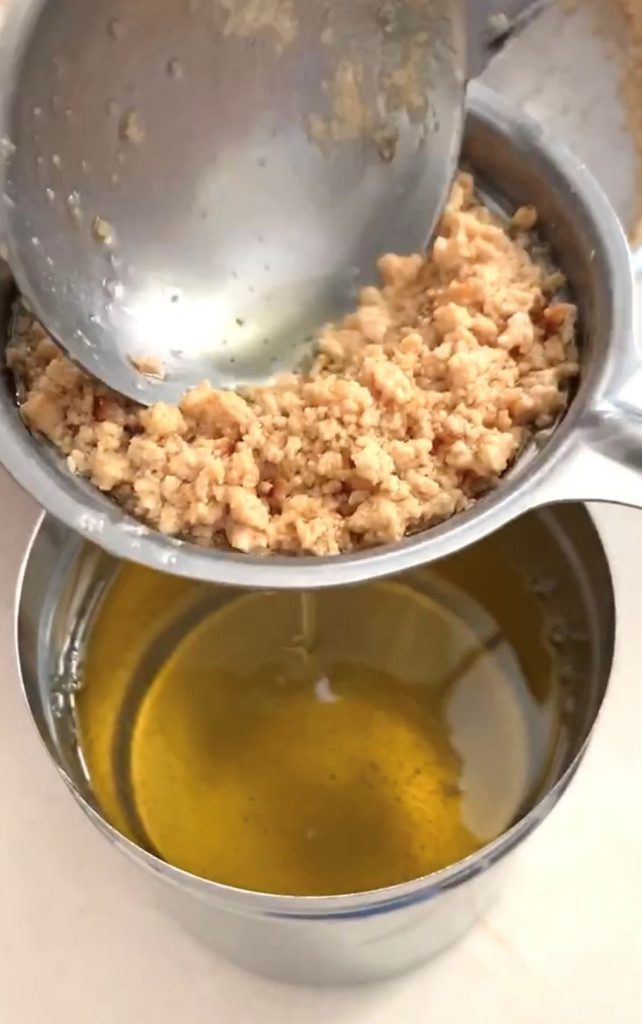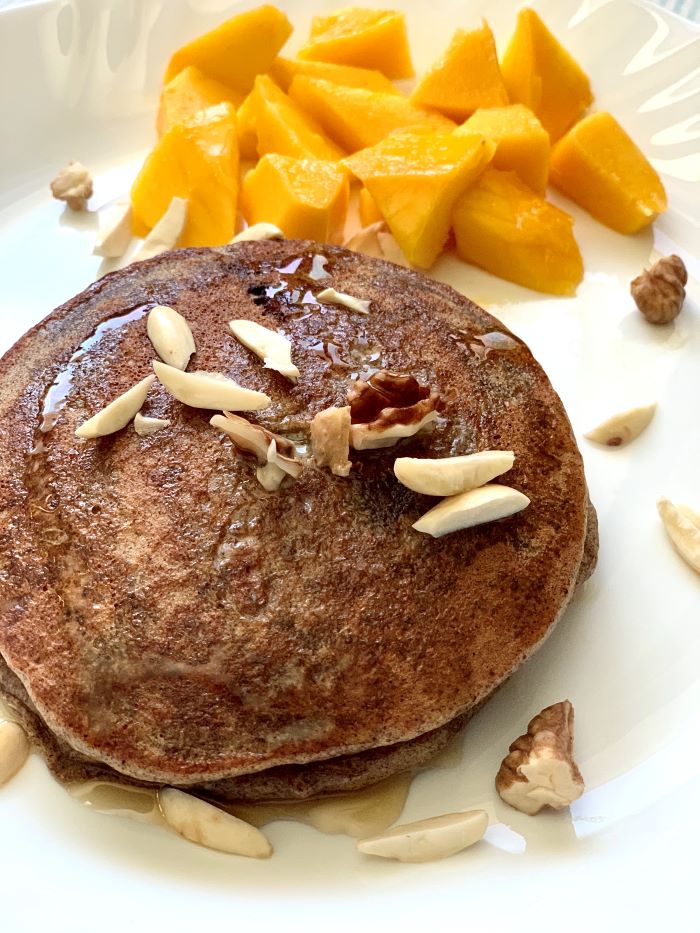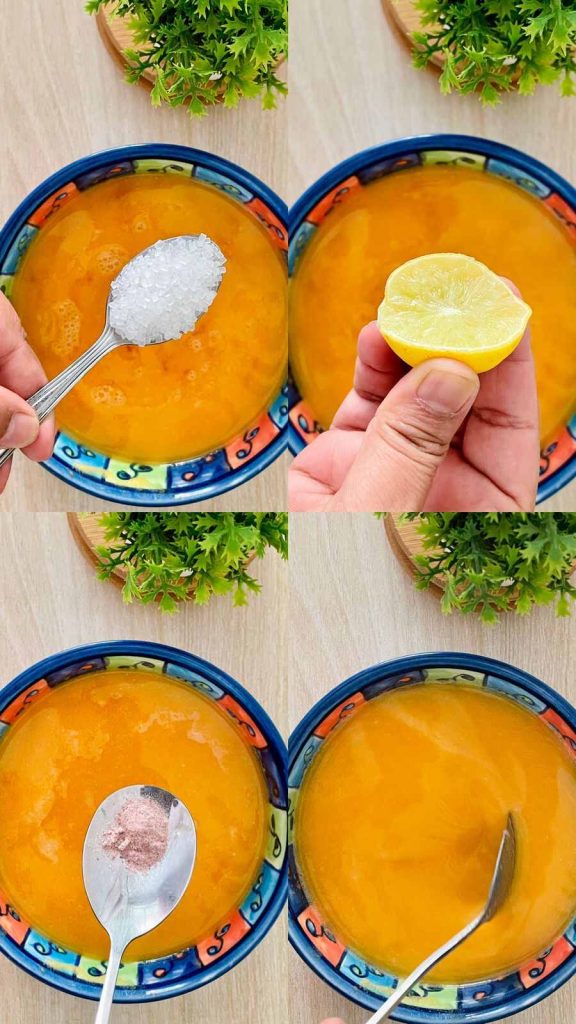
I normally avoid having commercial bread loaves on a regular basis. But once in every few days, we all crave for sandwiches. They are so versatile that everyone loves them. So, when that craving strikes, I try my best to add as much nutrition as I can.
I still remember when my child was 5 years old, he asked me before bedtime, if he can have cheese sandwich with 5 leaves of spinach for breakfast. 😄 The request was made so sweetly, I had to oblige. This was the time he tasted his first hung curd sandwich. He is 10 now and these are still his all time favourite.
This can be your easy peasy laid back weekend breakfast. Hung curd sandwiches are so easy to whip up. If you are looking for a veg sandwich recipe with high protein without mayonnaise, try these – a healthier take with the same creaminess level. These yogurt sandwiches are packed with probiotics from the curd & essential fiber, vitamins and minerals from spinach & herbs.

This recipe is very basic & is vegetarian but you can easily transform it to egg or chicken yogurt sandwich for more protein.
Greek yogurt also known as Hung curd is nothing but strained yogurt. It is simply homemade yogurt that has been strained off the whey to get a thick and creamy product.
Hung curd can be a great healthy, low calorie substitute for mayonnaise, cream cheese or sour cream.
I have made it using just spinach. You can use other finely chopped fresh vegetables like carrots, cabbage, onions, capsicum. Use herbs of your choice- mint, coriander, parsley, sweet basil. Sky is the limit! Customise this Yogurt Sandwich Recipe the way you want it.

Recipe
| Prep time: 10 minutes | Cook time: 5 minutes |
| Serving: 5 |
Ingredients
- 1 cup Hung curd
- 1 cup tightly packed Spinach
- 10 slices Bread (I used wholewheat bread)
- 1 tbsp Butter
- 1 tsp Olive oil
- Salt and pepper to taste
- 5 cloves, chopped of garlic
- 1/4th tsp Oregano
- Red Chilli flakes to taste
- 3/4th cup Mozzarella cheese (optional)
Instructions
- In a pan, heat butter & olive oil. Add chopped garlic. Sauté till rawness goes. Now add roughly chopped spinach leaves. Sprinkle a pinch of salt and cook till spinach shrinks and water evaporates.
- Allow it to cool a little. Add spinach in hung curd and mix well. Add black pepper, oregano, salt & chilli flakes. Give a good mix.
- Take 2 bread slices. Spread hung curd mix generously on one slice. Add some mozzarella cheese on it and top it with another slice.
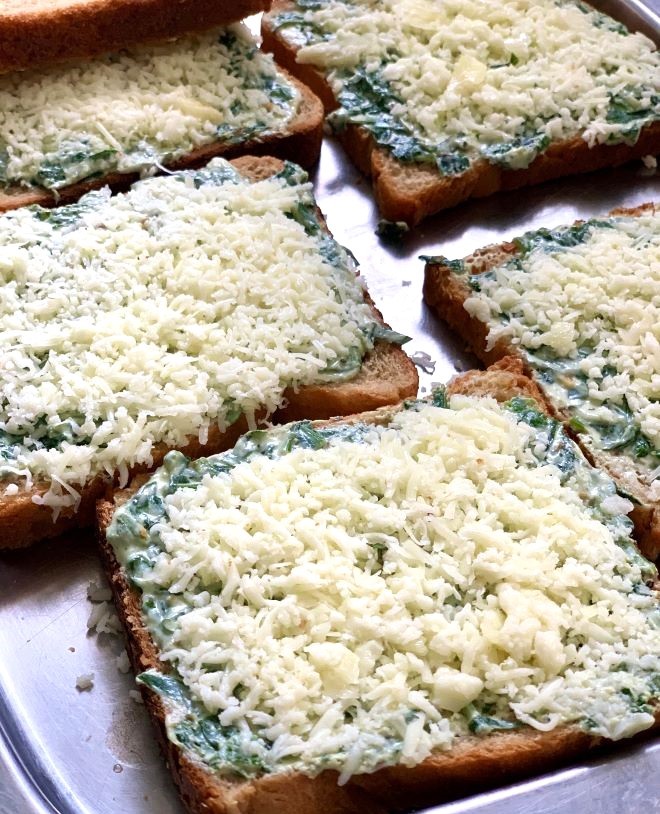
- You can either grill it in a griller or cook it in a pan using a little butter. If cooking in a pan/griddle, cook on a low flame so that the cheese melts.
- If using an air fryer, place the prepared sandwich in the air fryer basket or rack. Brush it with some butter. Air fry for 2 to 3 mins at 360 F or 180 C.
Notes:
If you do not have Greek Yogurt/ hung curd, add regular curd to a cheese/ muslin cloth and squeeze it gently to remove excess whey. You can do this the previous night and also hang it in the refrigerator.
Enjoy 😊

